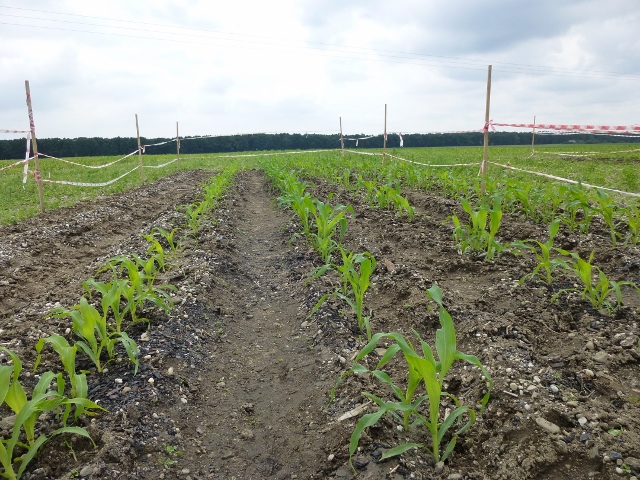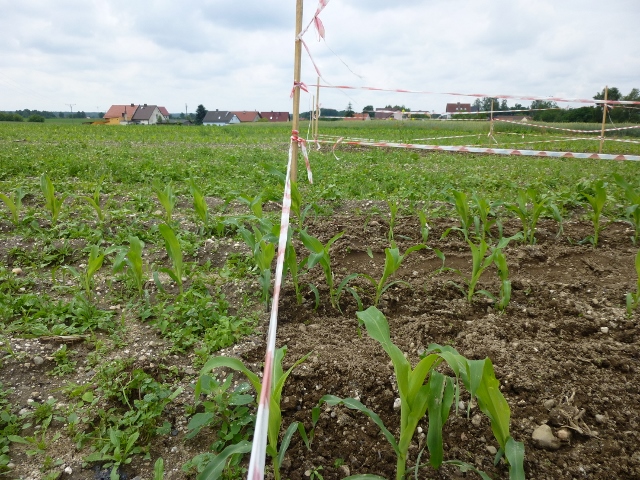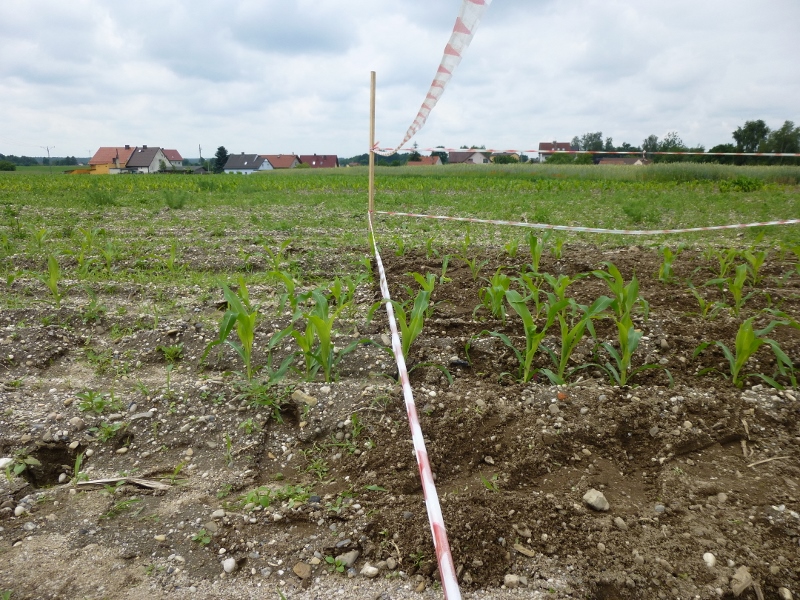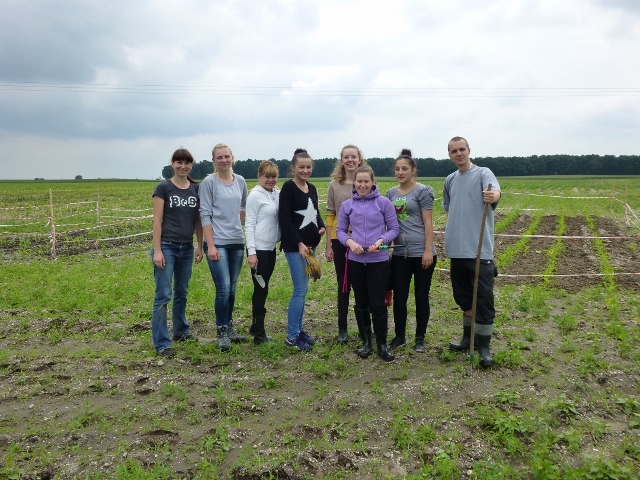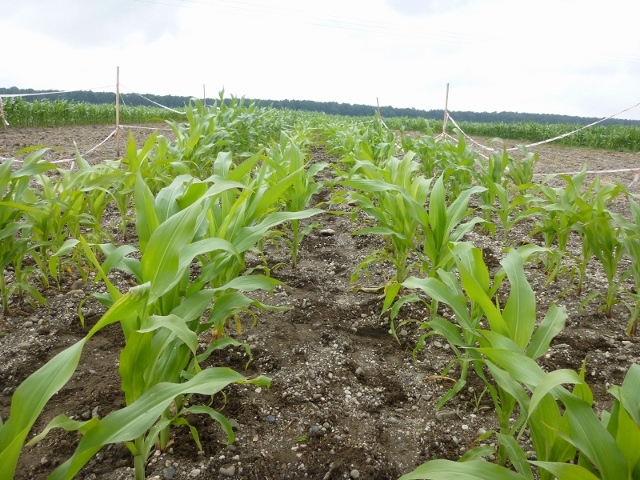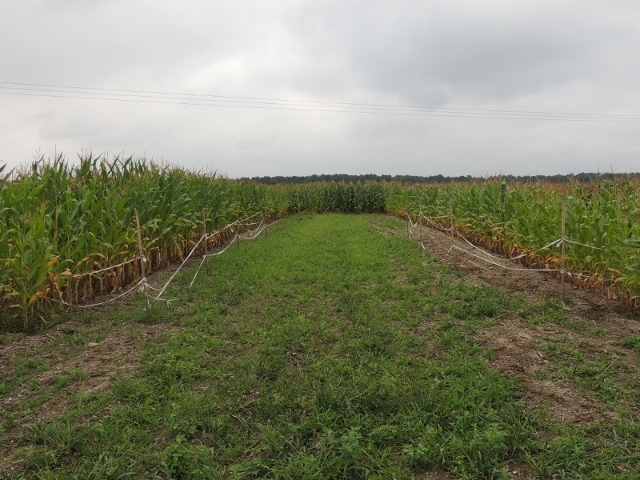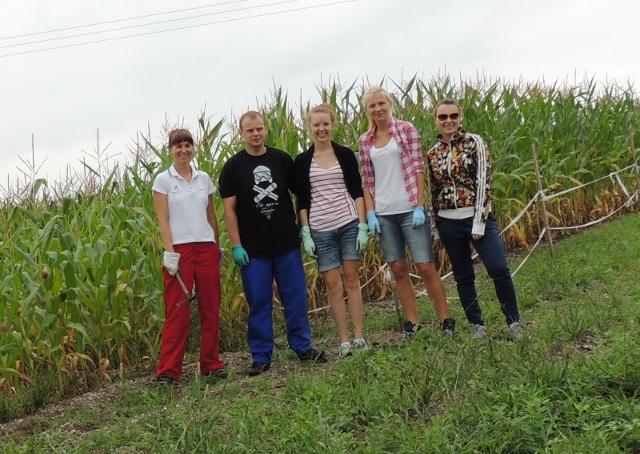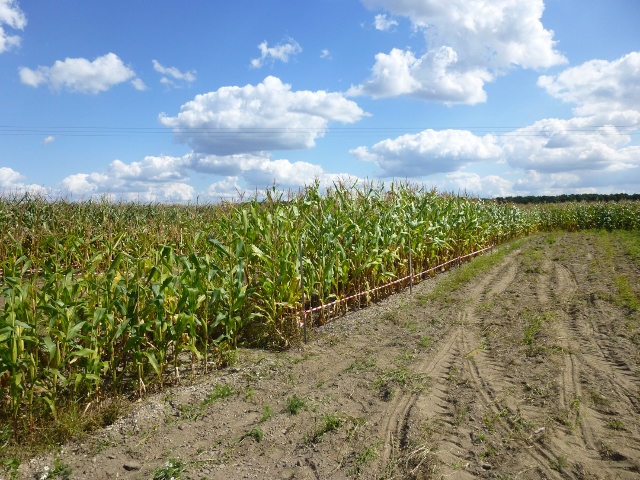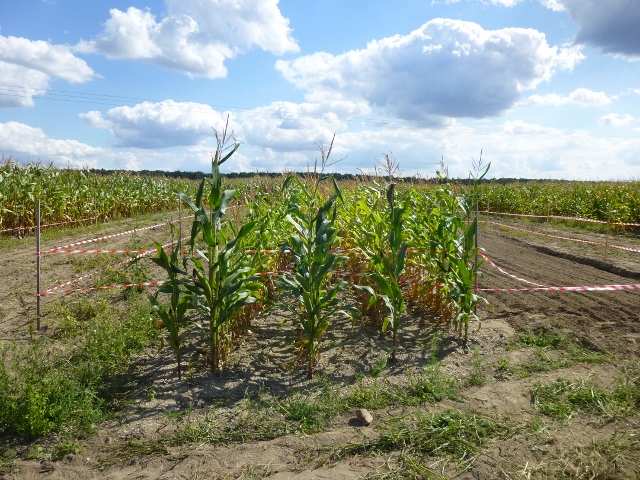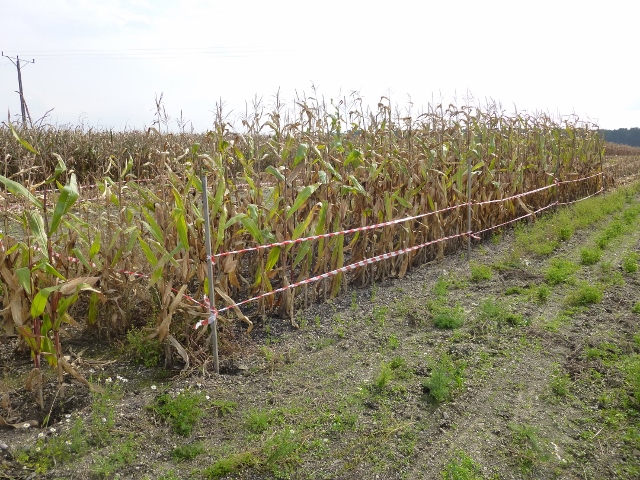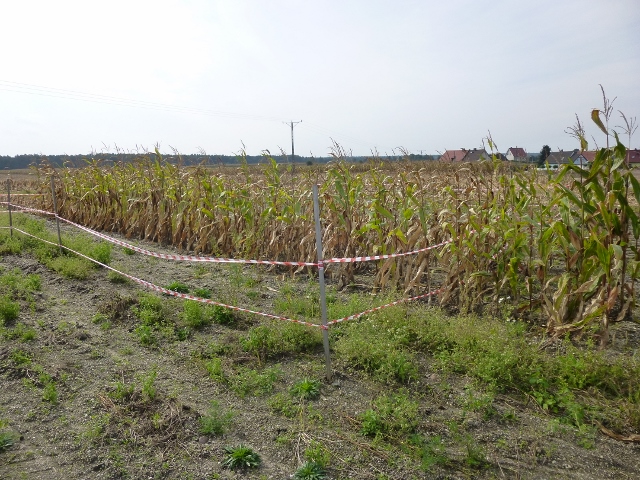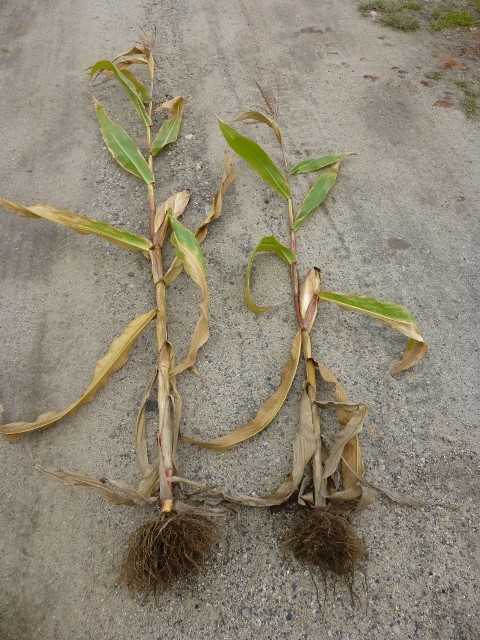Project title
Implementation of biochar for sustainable agriculture in Poland:
Socio-environmental outcomes and economic viability
Part 1. Field trials
Project coordination
- Opole University of Technology
Partners
- International Institute for Sustainability
- Wroclaw University of Environmental and Life Sciences
- University of Agriculture in Krakow
- Cracow University of Technology
- FLUID Spółka Akcyjna
Team
- Agnieszka Latawiec (Opole University of Technology, International Institute for Sustainability, University of East Anglia) – project coordinator
- Jolanta Krolczyk (Opole University of Technology)
- Grzegorz Krolczyk (Opole University of Technology)
- Agnieszka Medynska-Juraszek (Wroclaw University of Environmental and Life Sciences)
- Maciej Kubon (University of Agriculture in Krakow)
- Agnieszka Sobczak-Kupiec (Cracow University of Technology)
- Ewa Polańczyk (Opole University of Technology)
Patronage
- Department of Biosystems Engineering, Opole Univeristy of Technology
- Prof Katarzyna Szwedziak (Opole University of Technology)
- Prof Marek Tukiendorf (Opole University of Technology)
Description
The field experiment was designed to investigate the potential of biochar to improve soil properties and increase agricultural productivity. The selected plants were maize and rapeseed on the account of being common agricultural crops in Poland. In addition, their current productivity is relatively low as compared with the potential maximum sustainable productivity. Moreover, a range of experiments from other countries show that yields of these crops increased after application of biochar. To our knowledge, this is the first experiment to verify whether the same can happen in polish conditions.
The experiment was set up in the mid April 2014 in the suburbs of Opole on poor agricultural soils. Three replicates of experimental sites (3 x 3 meters) were set up and three control sites were also established (Picture 1). The monitoring of the trials is planned not only for the coming season but also for several years in the future to observe the prolonged effects of the biochar in soil. Soil was analyzed with respect to pH, nutrient content, cation exchange capacity, water holding capacity and the same will be done at the end of the season wherein biomass will be also measured.
Biochar used in the experiments was kindly provided free of charge by Fluid S.A. It was produced in the process of pyrolysis using residues from the sawmill (mixture of wastes from coniferous trees as pine and spruce). Biochar was applied up to depth of 30 cm at 50t/ha rate, was mixed by ploughing and followed by sowing of maize seeds (Picture 2).
The biochar was characterized not only with respect to chemical properties such as sorption properties, macro and micronutrients (NH4+, NO3–, P total and available, K, Fe, Mn, Cu, Zn, B) content and toxic compounds content (such as heavy metals and Polycyclic Aromatic Hydrocarbons) but was also scanned using InfiniteFocus Measurement Machine to observe itstructure and surface area.
The progress of the experimental work:
1. Maize – First results – 4th June 2014 (42 days after sieving)
Already after a few weeks of the experiment duration we observed differences in plans growth. Maize growing on the field with biochar was visibly bigger than maize growing on the sites without biochar (right and left photo panel, respectively). Obviously, at the end of the first cropping cycle (August 2014) soil and biomass analyses will be performed to verify any observed differences.
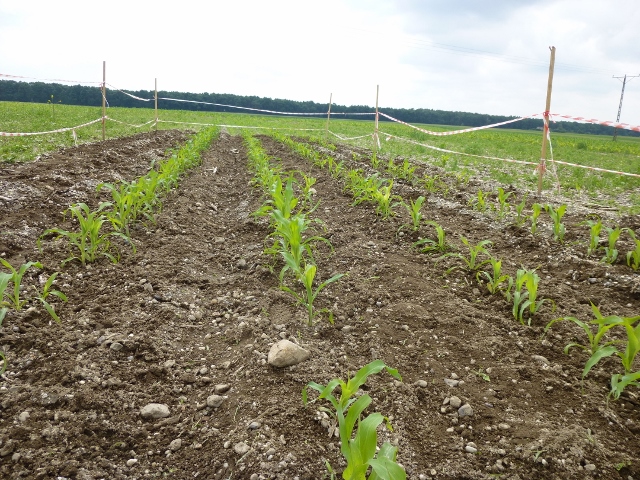
- Maize – Field visit – 26th June 2014 (64 days after sieving)
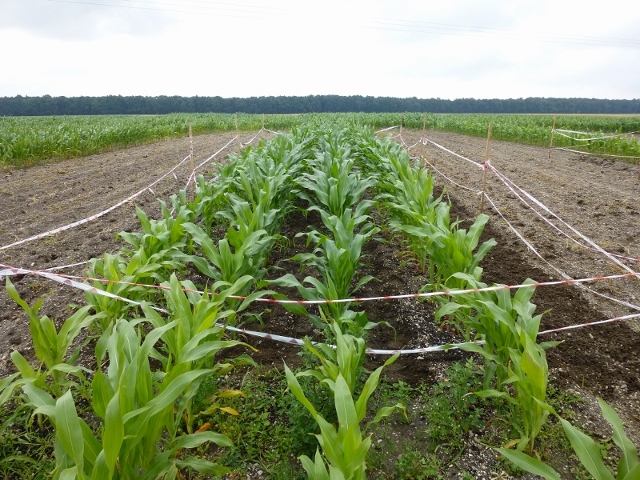
- Maize – Field visit – 31st July 2014 (102 days after sieving)
4. Maize – Field visit – 28th August 2014 (130 days after sieving)
5. Maize – Field visit – 25th September 2014 (155 days after sieving)




